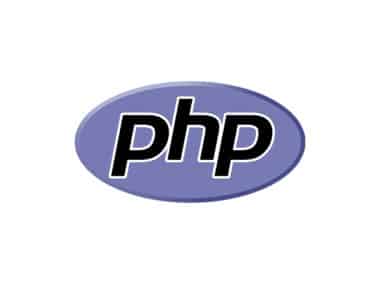Solidity is a high-level programming language that is mainly used for writing smart contracts on the Ethereum blockchain. It is a contract-oriented language that was developed by Ethereum’s core team to enable developers to create and deploy decentralized applications (dApps) on the Ethereum network.
Solidity is important because it allows developers to create self-executing contracts that can be executed without any intermediaries. These contracts automate the execution of agreements, which helps to reduce the risk of fraud and errors in any transaction. This is particularly useful in industries such as finance, supply chain management, and insurance, where the accuracy and transparency of transactions are critical.
Some of the key features of Solidity include:
- Contract-oriented: Solidity is a contract-oriented language that allows developers to create smart contracts that self-execute when certain conditions are met. This means that the code is executed automatically, according to the terms of the contract, without the need for a third party to enforce the terms. This helps to reduce the cost and complexity of transactions.
- Turing-complete: Solidity is a Turing-complete language, which means that it can handle any computational problem that can be solved algorithmically. This makes it a versatile language that can be used to build a wide range of applications.
- Security-focused: Solidity is designed to be secure, and it includes various features that help developers write secure code, such as the use of modifiers and the ability to define access control. The language is also designed to be resistant to attacks such as denial-of-service (DoS) attacks, integer overflow attacks, and re-entrancy attacks.
- Ethereum integration: Solidity is designed to work with the Ethereum network, which means that developers can use it to create and deploy dApps on the Ethereum blockchain. This integration makes it easy for developers to leverage the features of the Ethereum network, such as its decentralized nature, its consensus mechanism, and its ability to execute smart contracts.
With Solidity, developers can build a wide range of applications, including:
- Decentralized applications (dApps): Solidity is commonly used to build dApps on the Ethereum network, which can include anything from decentralized finance (DeFi) platforms to blockchain-based games. These applications can leverage the benefits of blockchain technology, such as immutability, transparency, and decentralization.
- Smart contracts: Solidity is often used to create smart contracts that automate the execution of agreements, such as insurance contracts or supply chain management contracts. These contracts can help to reduce the cost and complexity of transactions, while also providing greater transparency and security.
- Token contracts: Solidity can be used to create Ethereum-based tokens, such as ERC-20 or ERC-721 tokens, which can be used for a variety of purposes, such as fundraising or in-game currencies. These tokens can be transferred and exchanged on the Ethereum network, providing greater liquidity and flexibility.
In conclusion, Solidity is an important language for building decentralized applications and smart contracts on the Ethereum network. Its contract-oriented, Turing-complete, and security-focused features make it a popular choice for developers who want to create secure and reliable applications on the blockchain. With the ability to automate the execution of agreements, reduce the cost and complexity of transactions, and leverage the benefits of blockchain technology, Solidity is a powerful tool for building the decentralized future.




